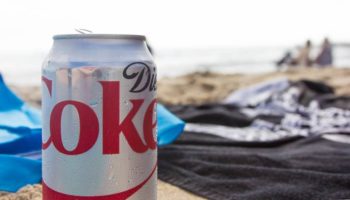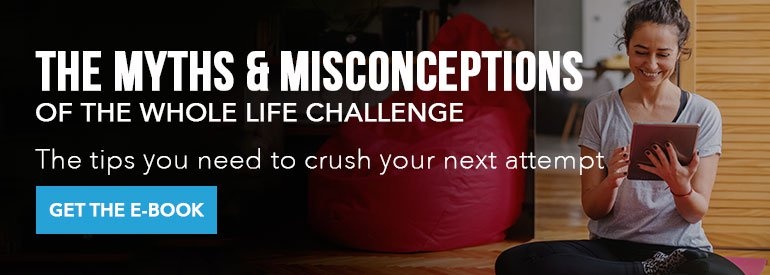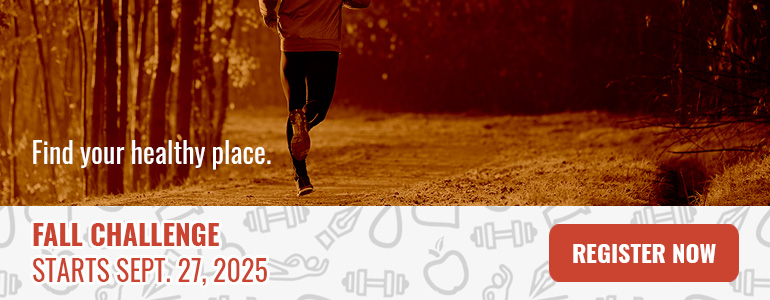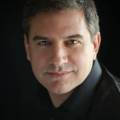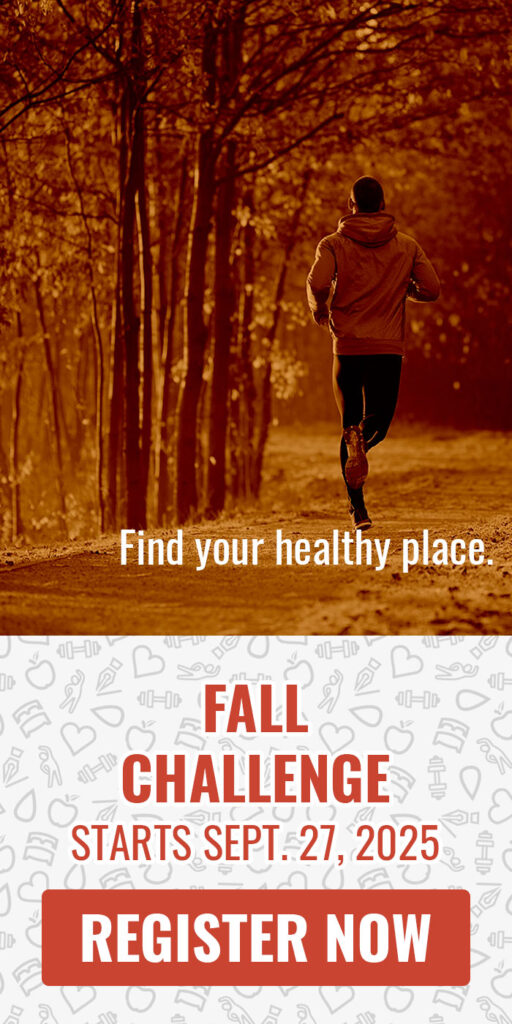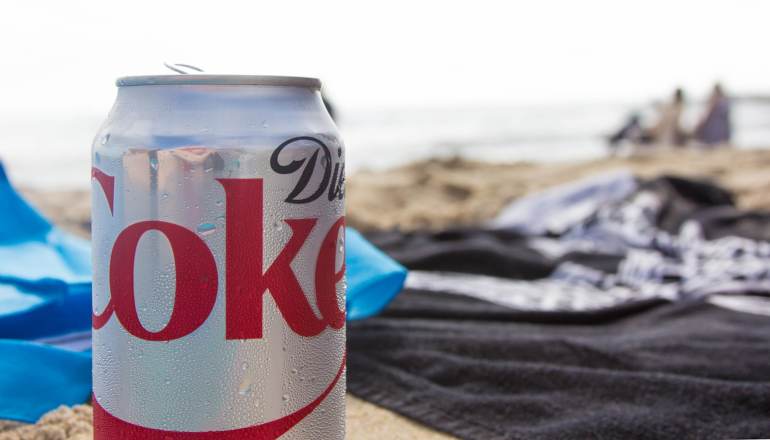 Reading Time: 5 minutes
Reading Time: 5 minutesFor 25 years I have known the sweet, chemical sting of my first early morning Diet Coke. Watering eyes. The flavor unlike anything ever made in nature. The carbonation. All of it was my routine — until I started the Whole Life Challenge.
The Whole Life Challenge changed me almost immediately, not as a tool of denial, but something that caused me to think, carefully, about what I was eating and drinking. Later, the game helped me consider other aspects of my life that drove my desire for sweet food, cookies in the middle of the night, and the occasional entire box of donuts.
I’m fifty. In all my life, I’ve never considered what I eat beyond the sense of pleasure. I’ve been in excellent health, and other than some gradual, uh, thickening over time, have never considered myself obese.
However, I was not happy with my food choices, and the game — specifically the first day of the Whole Life Challenge — urged me to think about why I ate what I did. In turn, this led to the other two “W” questions: when and what.
My weaknesses with food are centered around two main points: eating sweets and eating like a wild beast between the hours of one and four in the morning, preferably while drinking milk and staring out the window (exactly as my dad did back in the 1970s, hello genetics).
The Whole Life Challenge was, to be sure, a change, primarily around sugar and bread, or as I like to call it, “a deconstructed cookie.” It was around the end of the first week that I noticed something different about myself. I have no food allergies, but I felt distinctly different. As a historian and writer, I felt compelled to look at the reasons why.
There was the issue of sleep — as in, I was getting it for the first time in months, placing myself on a regimen and going to bed at midnight rather than one or two. That was a small thing, but over a few days, it accumulated, as did drinking water at a rate that would previously have led me to believe I was being held for ransom in a fish tank. Being hydrated led to better sleep, which in turn led to better thinking, and a clearer picture of why eggs and glorious salsa were the right choice at breakfast, rather than something that was a mere filler.
By week two, things were definitely happening, and that’s when I started to understand the methodology behind the parts of the challenge that were not related to food. If I felt better, I ate better. If I was hurried, or stressed (and aren’t we all), I made terrible choices.
With that simple equation, I understood that the game was shaping my day beyond my food decisions. It was, in a sense, a lifestyle choice, and one that I found easier to follow — and enjoy — when I used all the moving parts together.
By the time I arrived at acts of kindness and organizing spaces, I felt like they were welcome additions, rather than worrisome tasks. Why were they easier to follow than a month earlier, when I would cast a baleful look at the looming pile of books on top of my shelf? I have an idea.
After three weeks of “real” food, I was a different human in terms of my energy, patterns, and hydration. At that point, I could start moving my menu around, so as not to develop antipathy for the same ingredients. That was one of the keys to success — get a menu that expands, rather than contracts. If you do that, then you stand a better chance of staying the course long enough to enjoy that rarest of sensations — not being hungry, but not feeling guilty for the food decisions you made throughout the day.
I can only speak for myself, but the latent guilt I would feel for eating things that were frankly terrible for my body? It was like a physical blow. I would feel lethargic, then angry, and then find myself abandoning the “new me” in favor of yet another quick fix, and here we go again — the merry-go-round of food shame never ends.
So, what was the idea about why the in-game tasks became something welcome, and not a burden? Consider this: at some granular level, we want to like ourselves.
We should love ourselves, but that’s an issue best saved for another day.
At this point, liking our own self is a kind and reachable goal — as long as you’re not experiencing the odd self-loathing that food and inactivity can trigger. Add feeling good and being hydrated and well-rested to a simple task like writing a thank-you letter, and the person on the other end of that correspondence is going to receive the best version of you that you can express — far different from the person who is in a cycle of confusion and anger over consistently making choices that harm, and not help.
The Whole Life Challenge is a broad spectrum of issues, well beyond simple carbs and fats and sugars. That’s why I felt differently, felt renewed, and found myself curious (early on) as to what behaviors would become habit, and what habits would become a lifestyle.
In a word, plenty.
I don’t crave soda, but I like bubbles. I bought some sparkling water and rediscovered my love of fresh limes. I’m a native Floridian, and yet I managed to leave behind the habit of having fresh citrus in the house, which leads to me to another startling revelation:
In the previous ten years of my life, I don’t think I peeled a single orange. On the Whole Life Challenge, I had an orange each day, and the simple mechanism of peeling and eating something that smelled so vibrant and real was reminder enough that we should be cognizant of what goes in our bodies, and sometimes, convenient is not the best choice.
Think about your food. Think about the side quests, so to speak, that the Whole Life Challenge brings to you. Think about why you feel better, and if you have a bad day, think about why it wasn’t good. These are the parts of the game that give us the big picture, which is nothing less than making a decision about how — and what — we choose to do with our body for the rest of the time we have it.
